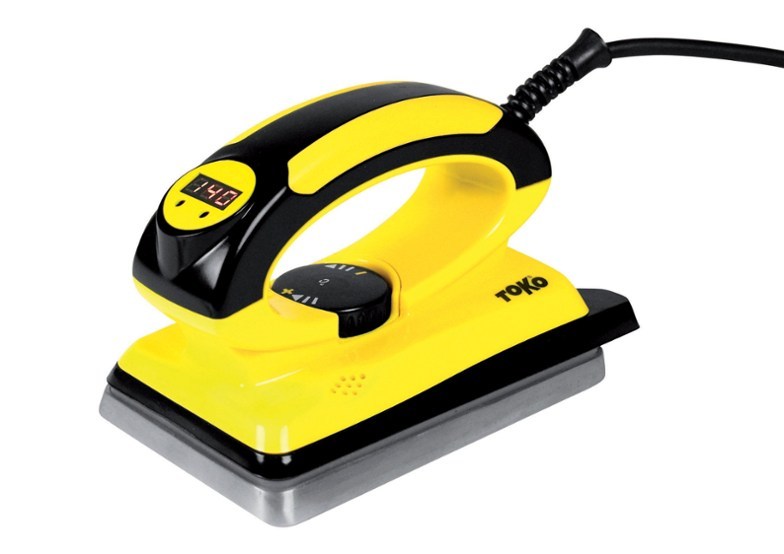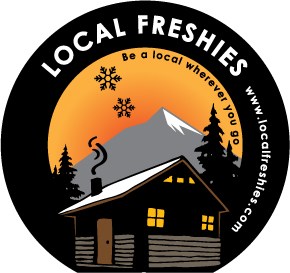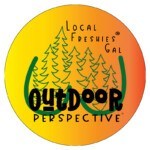There’s something therapeutic about waxing your own snowboard. Trying your best to use as little wax as possible. Scraping the excess off. Buffing it to create a smooth surface. Then finally testing out your work on the slopes. If you haven’t started waxing your own snowboard, we highly recommend that you do. It isn’t just the process of making it faster but becoming more in tune with your gear. Personally, I now understand what wood workers feel like when they refurbish a piece of furniture. So, what’s included in a snowboard wax kit? You can start simple with just an iron, wax, and scraper. Over the past two plus decades, this wax on, wax off hobby has grown into an entire part of a shed. Here’s what we have in our snowboard wax kit.
Your First Time Won’t Be Perfect
I still remember the first time I tried to wax my own snowboard in Junior High. It was an absolute catastrophe. I ruined my Mom’s iron, AND instead of making the snowboard faster, it slowed it down to a crawl. This was before you could Google Search to get an answer. Ashamed, I hung my head low and walked into the local snowboard shop asking for help. Luckily, they were willing to tutor me on the ways of waxing. It was a simple fix. I just needed to scrape off the excess wax, and I was off like a rabbit. Don’t worry if you mess up the first time, you’ll get better quickly.
How Often?
If there is one question we’ve been asked more than anything regarding gear, it’s how often do you wax your snowboard. Our general rule of thumb is once every five to ten days on the mountain. This isn’t always the case. Mid-season, if my board is as fast (or faster) than my friends on the flats, I won’t touch it. While in the spring, if the board is tending to stick more or get dirty, I might be waxing as often as every other day. The goal is to keep the board gliding as much as possible. In simplest terms – look at the base and pay attention to how it feels. If the base looks like dry skin, it needs moisturizing à la a good wax. Just like healthy skin, moisturizing is crucial to make your snowboard last.
What’s In Your Ski Tuning Kit
As we said earlier, you can get as simple or as complex as you want with your snowboard tuning kit. We ranked each item based on the importance.
Wax
Oh man… if there’s one thing that you can go down a rabbit hole in, it’s ski wax. There are so many variations, it makes your head hurt. Since professional skiers in the World Cup win by a hundredth of a second, this is a crucial decision, but for us recreationalists, an all-around wax will do the job just fine. Even if you don’t want to wax your own snowboard, many waxes can be rubbed on the base and will help you glide better. Personally, we have three types of wax in our arsenal:
Universal Wax
OneBall Wax Varieties | North Speed Brick Universal Wax | Swix F4 Universal Glide Ski Wax

This is the work horse, and our most used variety. It works for most conditions unless it’s super warm out (above 32 degrees) or super cold (below 20 degrees).
Spring or “Slush Wax”
Swix Performance Wax (Yellow) | North forged by Swix | Toko High Performance Warm (Yellow)
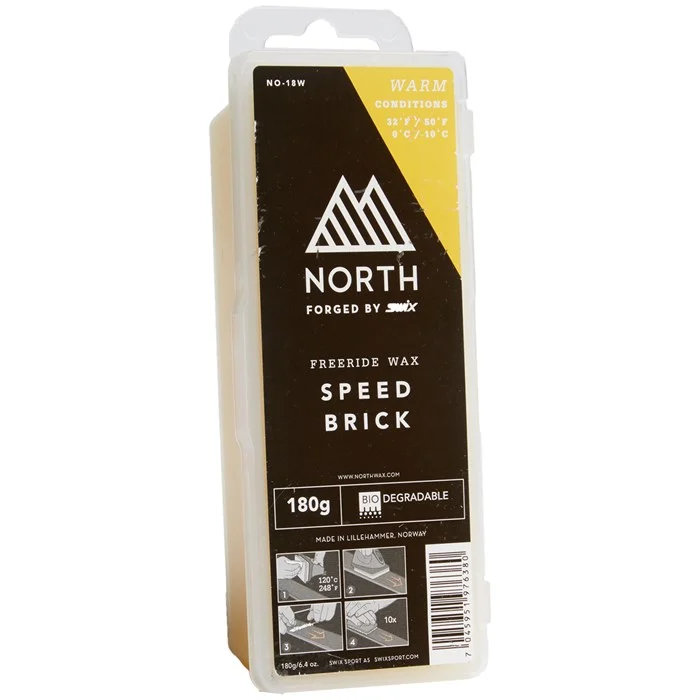
As the sun travels higher into the sky and creates “corn” snow, the issue changes on gliding down the mountain. You want the snowboard to repel the water, and normal wax can make it sticky. Unless you’re an addict and ski into April, May, or even later, this is something that you may not need. We try to extend our season until there is no snow left so we use this quite a bit.
Cold Weather
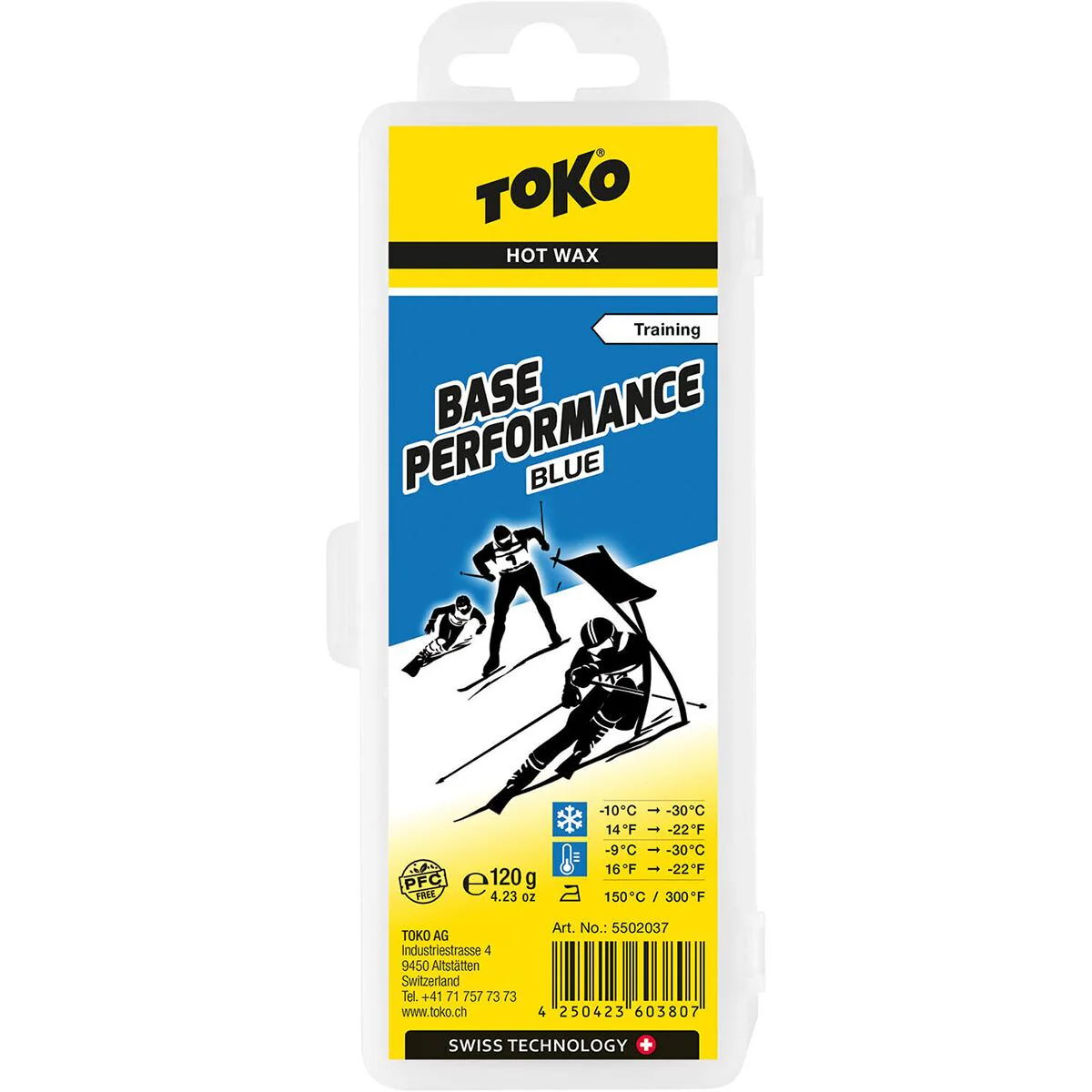
This is when the snow is so dry it makes that squeaky cheese noise when you walk on it. These types of wax are hard and fill in the small, microscopic gaps in your base allowing the surface to glide smoothly. Since we’re based in Lake Tahoe, cold weather (highs in the teens) is a rare occasion. We normally only use this when we’re visiting colder locales such as Wyoming in January.
Waxing Iron
You don’t NEED to get a specifically designed ski iron, but at a minimum DO NOT use the iron you use for clothing. Once you get ski wax on the iron, it’s a PAIN to get off. When I did this to my Mom’s iron as a kid, it took my Dad HOURS to fix this. Let’s just say they weren’t happy.
What To Look For
If you pick up a basic iron for clothes, keep the holes to a minimum because the wax will seep into them instead of onto the snowboard. We personally recommend getting one specific for waxing skis and snowboards. The flat bottom contains no holes as well as the temp settings to fit the wax melting points you’ll want to use. Nowadays, they’re pretty much the same price as regular irons.
You Get What You Pay For
We started with the basic clothes iron I found at a garage sale and graduated to a ski-specific wax iron. Even then I’ve noticed a BIG difference between the cheap ones to the high-end ones. If you’re only doing it a handful of times, the budget friendly version will do just fine. The pro grade keeps the heat more consistent throughout the process. This translates to less wax being used and easier application.
Budget Friendly
North Waxing Iron | Swix T77 Wax Iron | mountainFLOW eco-wax Waxing Iron

The Best In The Biz
Scraper
There are two basic scrapers that you can use in tuning your skis or snowboard. A plastic / plexi-glass variety or a metal one.
Plastic / Plexi-glass
TOKO Plexi Scraper | Dakine | Swix Plexi Scraper

This is the one you’ll want for scraping the excess wax off of the snowboard. In the ski world, they either come in 3mm, 4mm, or 5mm thickness. The thicker it is, the less flex it has and thus straighter of a scrape. Some of my friends own all three sizes because they NEED it to bend for the snowboard shaped base that has a bit of a concave to them.
Metal
Swix Steel Scraper | Toko Steel Scraper | OneBall Steel Scraper

For basic snowboard waxing this isn’t a required tool. In fact, the metal one can cause more harm than good. Reserved mostly for P-Tex repair if you happen to get a gouge from hitting a rock or a tree stump.
Brush
The final touch to waxing your snowboard. If you really want to get crazy, you can even buy an attachment to a drill called a roto brush. We haven’t made that leap just yet. The brushes listed below are a general rule of thumb. If the bristles are longer, they are softer and would be used towards the end of process or in softer waxes (i.e. warm weather wax).
Brass
Spiral Brass Brush | Dakine Brass Brush | mountainFLOW eco-wax Brass Brush

This is typically used BEFORE you even start waxing. The firm bristles made of brass, copper, or used-bronze clean off the old wax, gets rid of oxidation (i.e. rust), and revives the base structure. Since cold waxes are hard, this is also a good option to use after your done scraping and applying to the base.
Horsehair
Swix Horsehair Brush | MountainFlow Horsehair Brush

The 2nd brush to break the static after scraping and further polish the base.
Nylon
Swix Nylon Brush | Dakine Nylon/Cork Brush

Personally, this is the last step when I’m trying to buff and polish my work. This is also a great tool when you want to buff paste waxes.
Scouring Pad
Another option instead of a brush or can be used in addition to the brushes to give a final polish.
Ski Vise
Toko Ski Vise | North Forged by Swix T-Bar Freeride Ski/Snowboard Vise
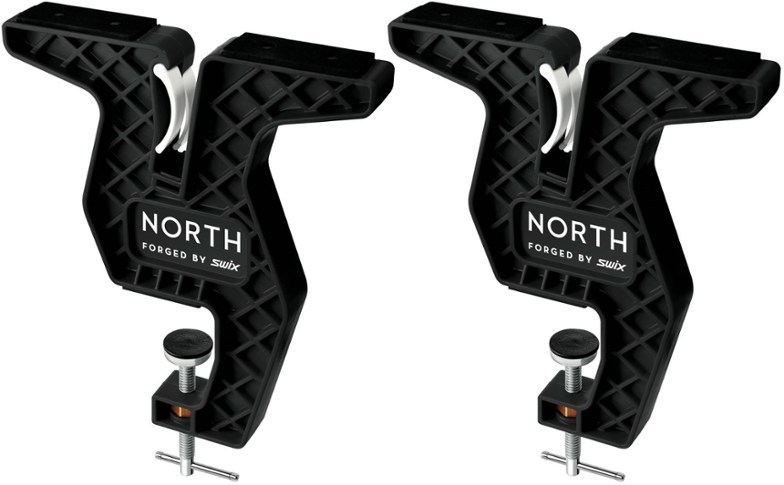
You don’t NEED a ski vise, but once you get one it makes waxing and scraping sooooo much easier. Being frugal, I just made my own out of wood and used some clamps to lock it down to my workbench. They’ve worked ok, but for how many days we snowboard, it’s time to invest a REAL vise.
Scraper Sharpener
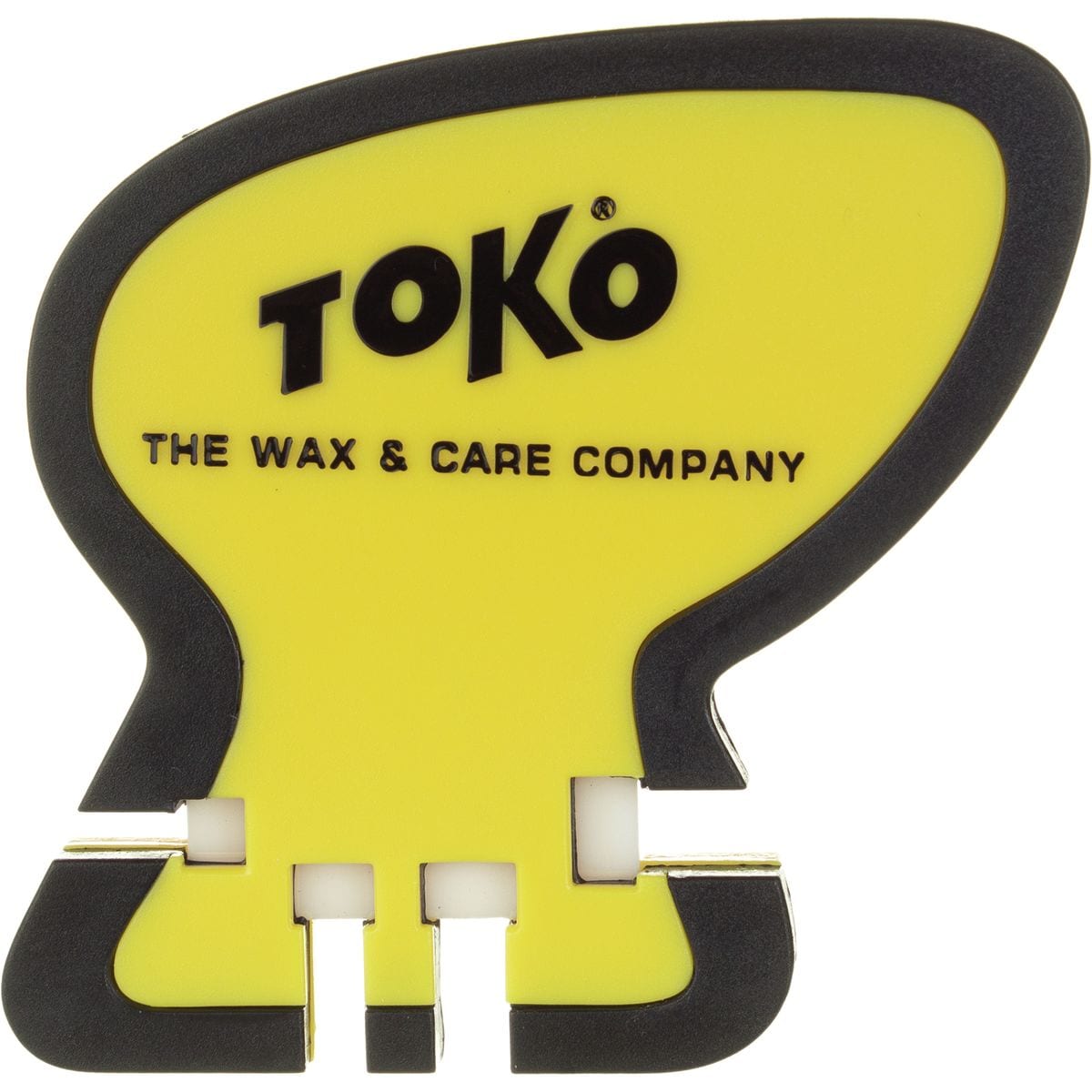
Out of any of the accessories for wax tuning, this might be our favorite. As you would expect, plastic scrapers get dull after so many uses. Instead of buying a new scraper, this does exactly as advertised – makes your dull plastic scraper sharp again. Worth EVERY penny.
Apron
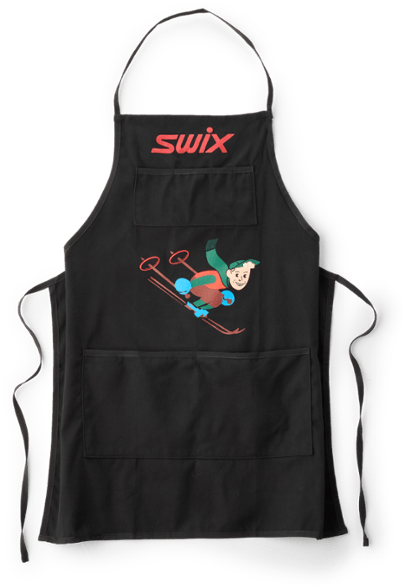
Waxing is a dirty business. You can either wear clothes you don’t care about or throw on a shop apron.
Base Cleaner
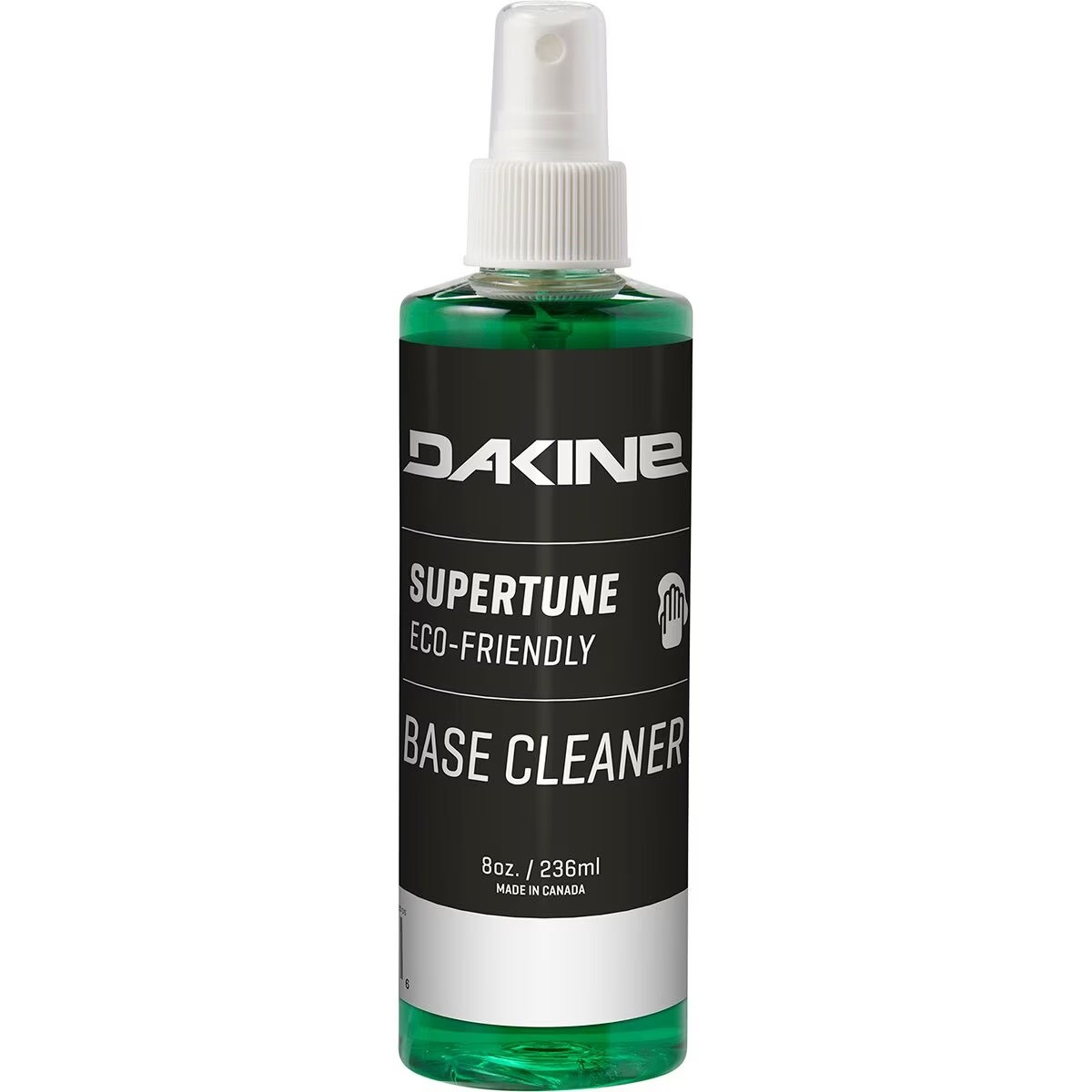
This is a quick way to remove dirt from the bottom of your board especially if you’re skiing in the late spring or summer. When I was younger, I used to use this religiously but similar to an abrasive agent on your hands, this stuff can really dry out the base of your board. Nowadays, I tend to apply cheap general wax and scrape when it’s still warm to remove the dirt. Then apply the wax I’m going to use.
Edge Tuner
Dakine Edge Tuner | Swix EVO Pro Edger | Toko Edge Tuner Pro
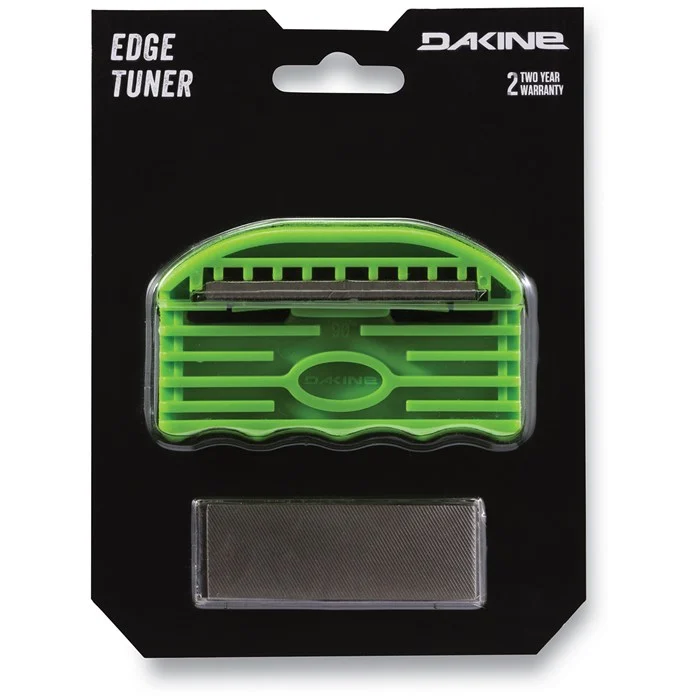
I’ve tried to get good at tuning my own edges and still can’t do it as well as I would like. Despite that, I normally do a once over with the Edge Tuner before I start waxing to make sure the edges are smooth and relatively sharp.
Gummy Stone
SWIX Gummy Stone Varieties (Soft, Hard, Extra Hard)
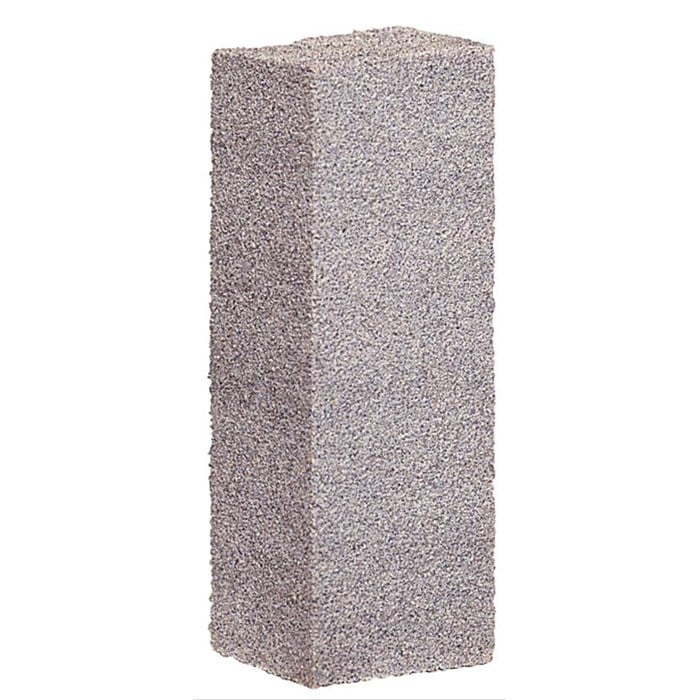
Since I figured out what these do, they’ve become an essential step in my snowboard wax kit. The gummy stones remove the rust on edges or mildly detune the edge at the tips.
Diamond Stone
Universal | Swix Diamond Stones (Fine, Medium, & Coarse)
You could use a gummy stone to remove burrs and micro-dings you get when you hit rocks or other sharp objects on the slopes, but the diamond stone is the right one. This is because when your edge hits a rock, it super heats the metal ever so slightly and tempers it. The diamond stone will remove the ding. I’ve learned that if you try and run a file over that part of the edge, you’ll just damage the file and not really remove the burr.
P-Tex

Ever so often I get a gouge that’s bigger than what I would like. Coming typically in clear or black, you’ll light the tip of it with a lighter. Instead of dripping it like a candle, you’ll want to apply more like a crayon. If you see carbon building up on it (i.e. black bits), you then want to spread it on the metal scraper and remove those chunks. And once you’re done filling it in, you’ll smooth the P-Tex out with the metal scraper. Since I’m an obsessive person, I usually bring the board to the shop to ensure it gets done properly.
Ski Tuning Kits
You can pick up each of these items I’ve listed above separately but there are a TON of ski tuning kits out there that provide most of these in a single wrapped package. Heck, this is how my collection started. Here’s a few of the more popular ones:
Dakine Super Tune Kit
To see prices and read reviews

Out of the ones listed the DaKine Super Tune Kit is our favorite because it has nearly every tool you’ll need. It includes a large multi-pocket case with a zipper, an iron, edge tuning tool, 10 in. file, wire file-cleaning brush, metal scraper, 10 in. wax scraper and a pocket stone. Just buy yourself a scraper sharpener and you’re pretty much set for your first rodeo of waxing your snowboard.
MountainFLOW Blue Wax Square Kit
To see prices and read reviews
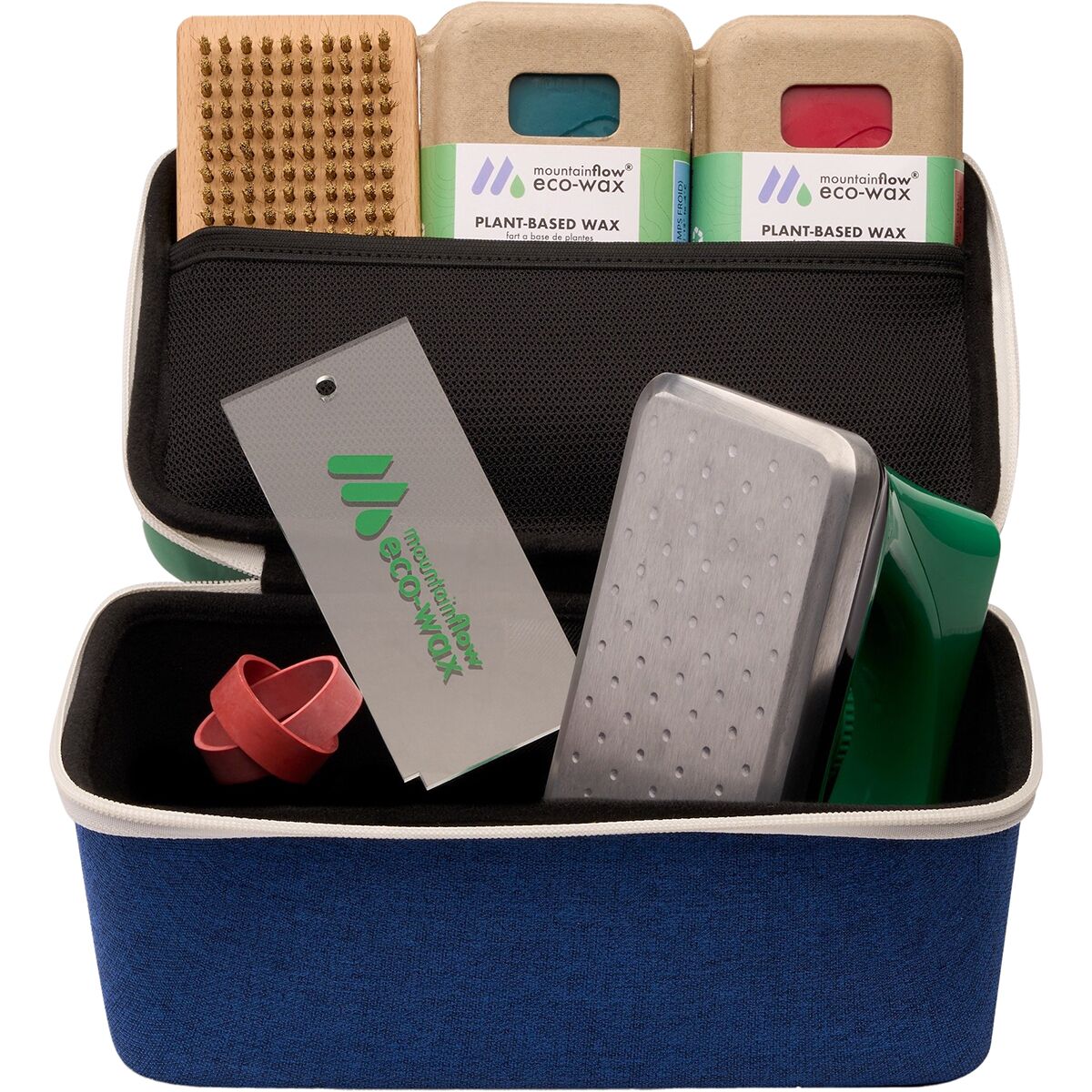
This wax kit contains a Wax Iron, two temperature-specific waxes (Performance Wax | Cool, + Warm), a brass wax brush, and wax Scraper that comes in a travel Case.
North Factory Team Wax Kit
To see prices and read review

Kit includes side edge sharpener with abrasive insert, metal scraper, 2 P-Tex sticks, combi Brush, Universal rub-on wax, soft gummy stone and bag.






